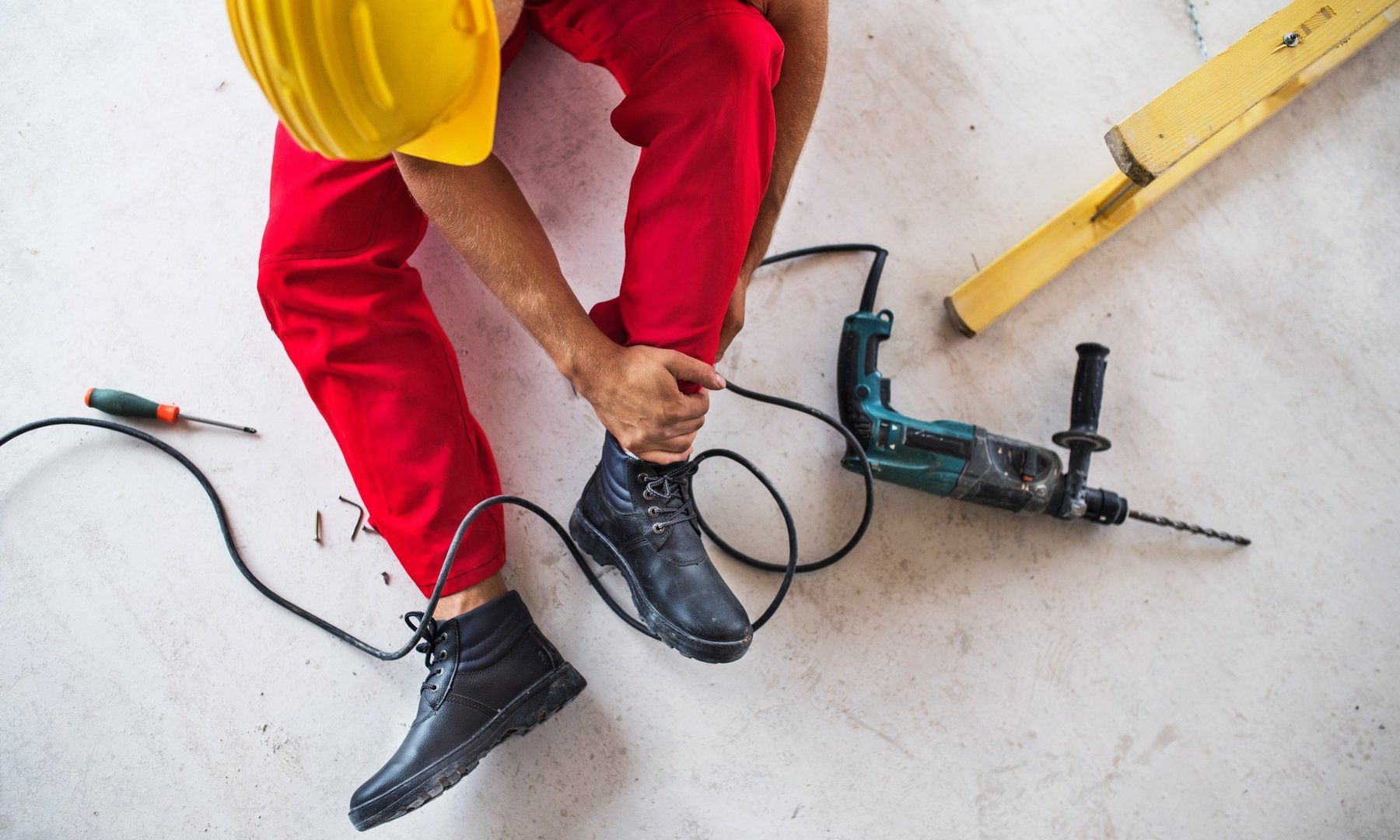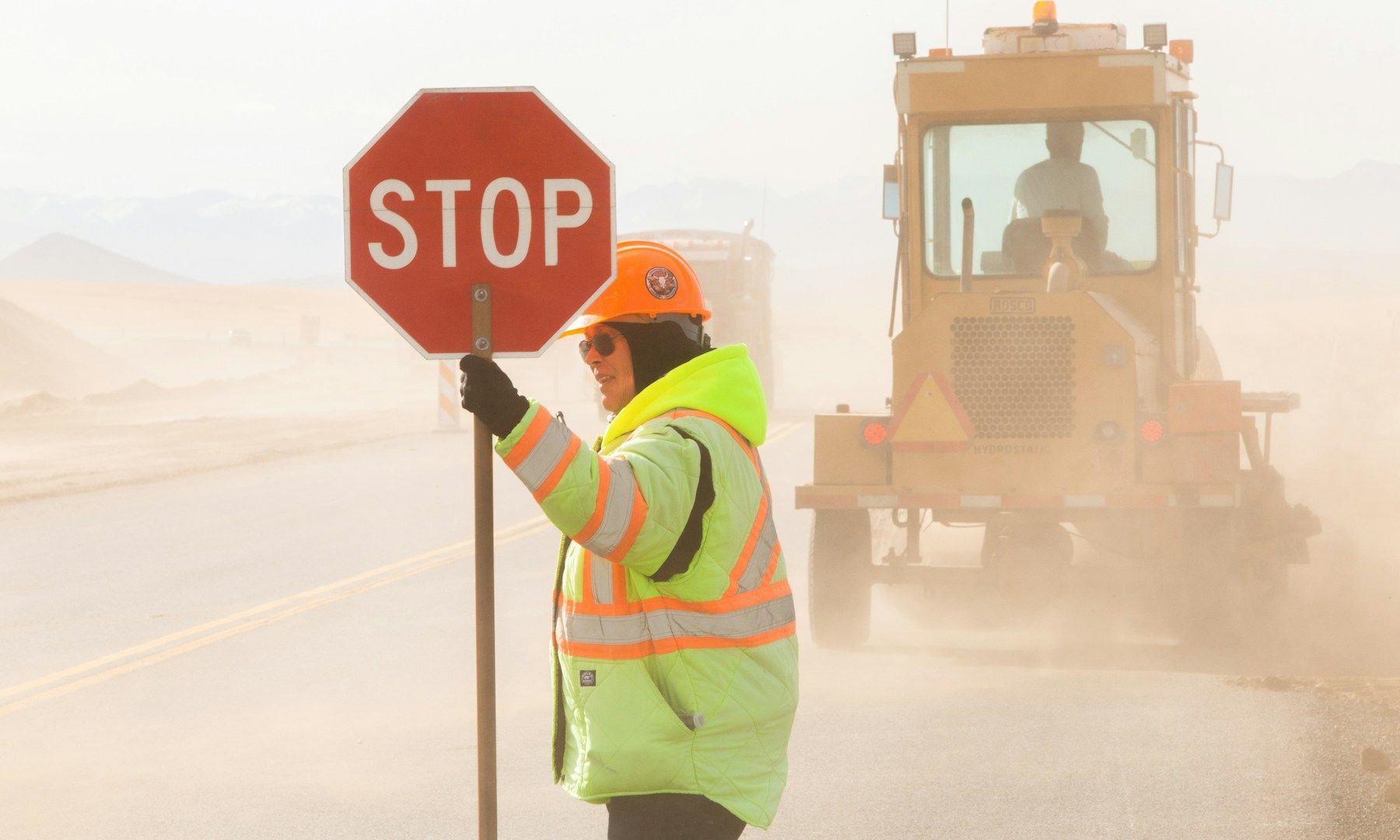What are the typical injuries for restaurant employees?
Restaurants are usually a high-activity, crowded and stressful work environment. Hot stoves, sharp objects and slippery floors are among the conditions that lead to work-related injuries. The most common injuries for
restaurant workers, which could underlie claims for
workers’ compensation, include:
Wounds from cuts, punctures and scrapes
- Hot surface or oil burns.
- Muscle strains caused by slips and falls, repetitive motions, standing in the same area for long time periods and lifting heavy objects.
Slips and strains are the greatest restaurant injury risk and caused the most missed days of work. Employees who fell and injured several body parts or strained wrists or hands while carrying objects were among the workers who were likely to miss the most work.
Wrist and hand injuries caused the most time missed. These injured employees averaged 265 daily absences. Missed days from burn injuries, however, are not far behind.
Slip and falls
Employers can take many steps to prevent restaurant injuries. First, keeping floors clean is a simple method to reduce injuries. Management should schedule walk-throughs to assure that spills are cleaned up and housekeeping tasks are completed.
Also, floors should be deep cleaned occasionally to keep them sufficiently degreased. Anti-slip flooring in kitchen and food preparation areas may reduce slips and falls. Installation and upkeep of non-slip rubber mats or rugs near sinks, preparation and beverage doorways and other high-risk areas may prevent accidents. Non-slip shoes for restaurant workers are also an important precaution.
Restaurant workers are also prone to tripping accidents because it is difficult to see clutter while carrying food and drink trays in high traffic areas. Restaurants should tuck away cords, hoses, boxes, buckets, trash, tray stands, chairs and other obstacles.
Burns
To prevent burns, workers should wear the proper attire. Splatter shields or gauntlets are needed when frying and oven mitts need to be used when handling hot pots and pans. Workers must avoid carrying large food stockpots. Fryer oils have to be changed frequently.
Repetition
Workers engaged in repetitive tasks for long time periods can strain muscles and suffer fatigue and soreness. Restaurants should spread out food chopping and other repetitive tasks throughout the day and permit workers to take frequent breaks for these duties. Ergonomic workstations and stretching muscles can prevent discomfort.
Employees must also learn proper methods for lifting and carrying bulky and heavy items. Two people should lift any object over 50 pounds. Hand trucks and dollies are needed for very heavy objects.










